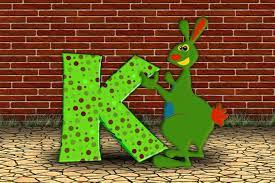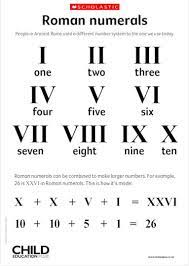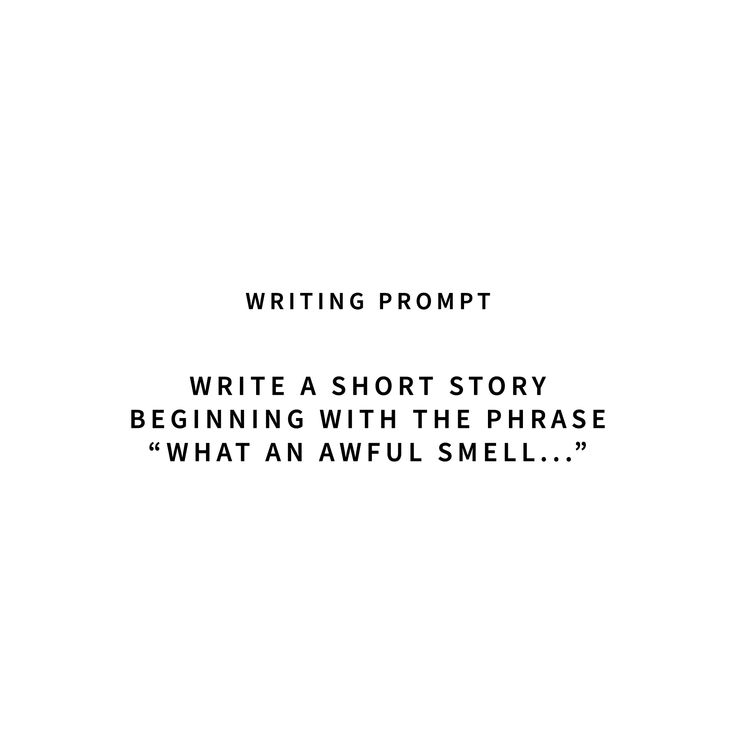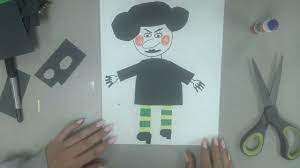Poetry is a beautiful and complex form of expression. It captures raw emotions, powerful imagery, and imaginative language that can leave a lasting impact on both students and teachers. In this guide, we will explore the essential elements of poetry to help you understand, appreciate, and teach this incredible literary form more effectively.
1. Rhythm
Rhythm is the musicality behind the lines of a poem. It creates an audible pattern through stressed and unstressed syllables. Meter, the arrangement of these syllables into regular patterns, is an essential component of rhythm. There are different types of meters, such as iambic pentameter, which consists of five iambs (an unstressed syllable followed by a stressed syllable).
2. Rhyme
Rhyme refers to the repetition of similar sounds in words or phrases within lines or at the end of lines in verse. This can create harmony and enhance the overall sonic quality of a poem. There are numerous rhyme schemes such as ABAB, AABB, and ABBA.
3. Imagery
Imagery uses descriptive language to create vivid mental pictures that tap into our senses, emotions, and experiences. Using figurative language like similes (comparing two things using “like” or “as”) and metaphors (directly comparing two dissimilar things) can help paint a powerful image in the reader’s mind.
4. Form and Structure
The form and structure of a poem refer to its layout on the page and how it’s organized into stanzas (groups of lines) or even sonnets (14-line poems with specific structures). Different poetic forms have unique rules regarding line length, rhyme schemes, and meter.
5. Alliteration
Alliteration is the repetition of the same consonant sounds at the beginning of words within close proximity in a line or stanza. This creates a sonic and rhythmic effect that can enhance the poetry’s overall impact.
6. Assonance
Assonance is the repetition of vowel sounds within words in close proximity to one another. Like alliteration, assonance adds a musical quality to poetry that can conjure emotions and imagery for the reader.
7. Tone and Mood
Tone refers to the poet’s attitude toward the subject of the poem, while mood reflects the atmosphere created by the poem. These elements work together to convey the overall impression or emotion a reader may feel as they engage with a poem.
In conclusion, familiarizing yourself with these essential elements of poetry can deepen your understanding of this dynamic literary form. Whether you are a student seeking creative inspiration or a teacher seeking valuable tools for instruction, mastering these concepts will greatly enhance your appreciation and enjoyment of poetry.









